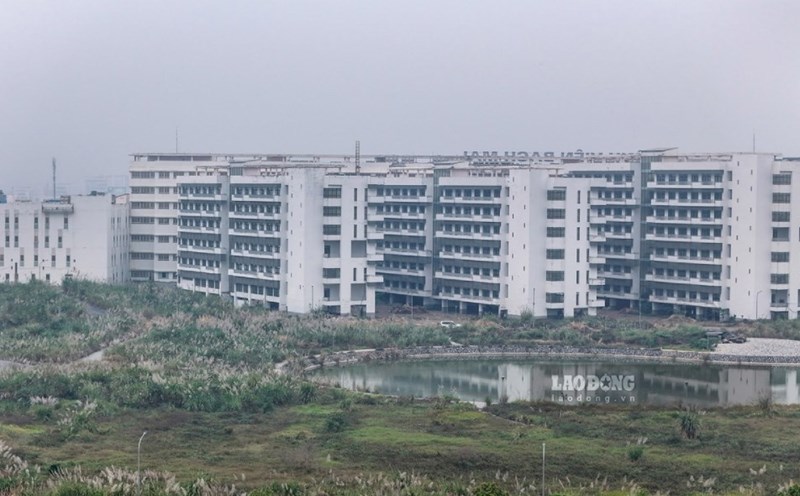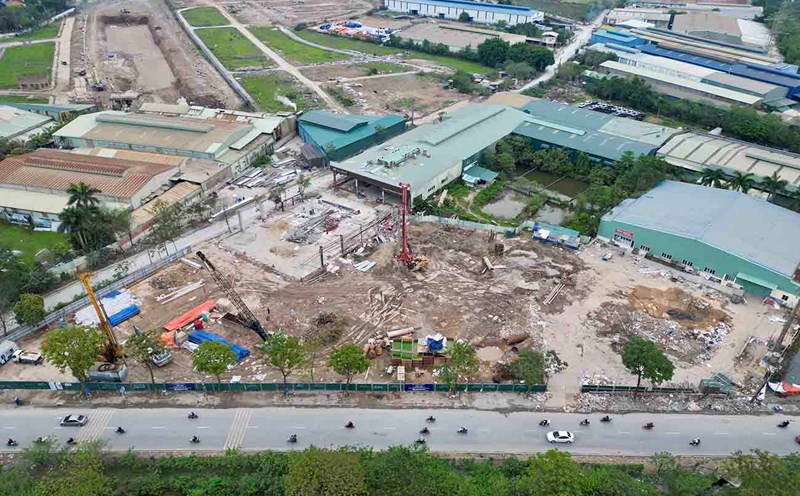The 7.7 Richter earthquake in Myanmar on March 28 released energy equivalent to more than 300 nuclear bomb explosions, warning that aftershocks are likely to continue to shake the area.
"The power that an earthquake like this releases is equivalent to 334 nuclear bombs," the geologist Jess Phoenix told CNN.
She also warned that the aftershocks could last for several months as the Indian sub-region continues to collide with the Asia- Europe region below Myanmar.
According to local media, 1,002 people died and 2,376 were injured in all areas affected by the earthquake in Myanmar.
The US Geological Survey estimates that the number of people killed in the earthquake in Myanmar could reach 10,000 according to forecast models.
Myanmar military chief Min Aung Hlaing visited the city of Mandalay on March 29 to inspect the damage caused by the earthquake the day before. Min Aung Hlaing has surveyed the Mandalay area by helicopter.
Mandalay, Myanmar's second most populous city, with about 1.5 million people, was the closest major city to hit by a 7.7 richter earthquake. Widespread damage has been reported in Mandalay.
In Thailand, Bangkok Governor Chadchart Sittipunt said rescue forces had discovered "linguistic traces of 15 people still stranded" in the rubble of a collapsed tower near the famous Chatuchak market in the Thai capital.
Heavy machinery has been deployed to lift debris from collapsed structures as a search for survivors.
According to Bangkok officials, more than 100 people are believed to be trapped under the rubble of the collapsed building.
Also on the morning of March 29, Governor Chadchart Sittipunt informed that more than 2,000 reports of cracks in buildings in Bangkok had been reported by residents and authorities were planning to conduct detailed inspections of 700 works.











